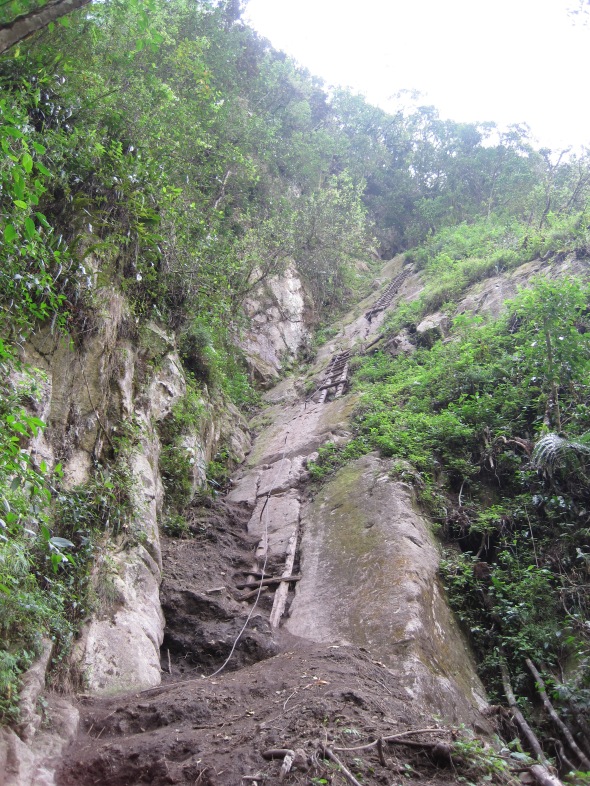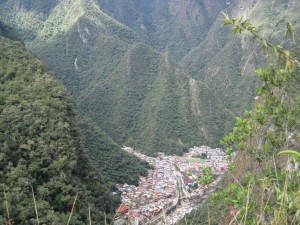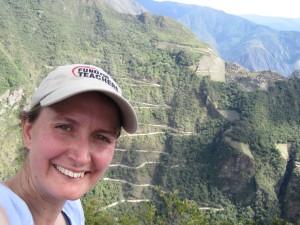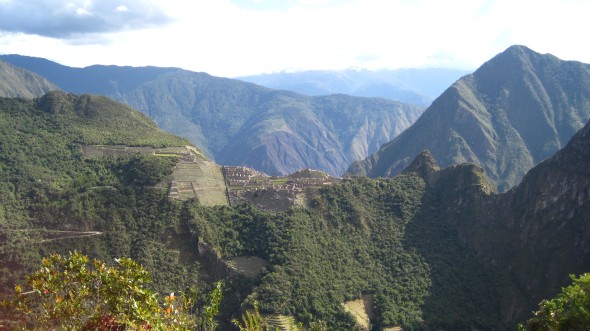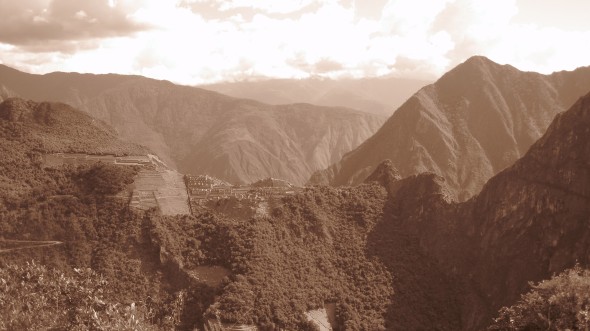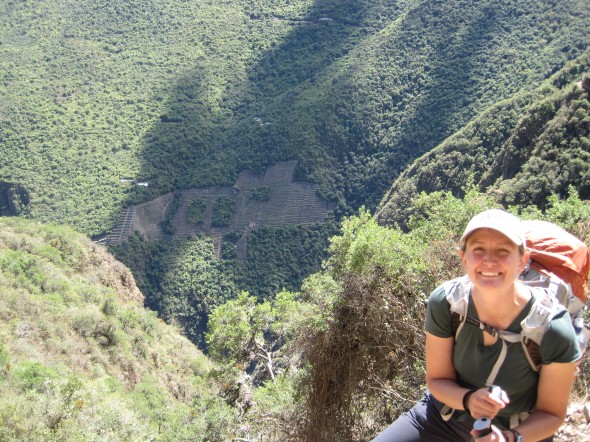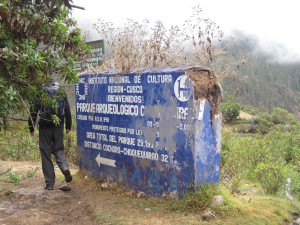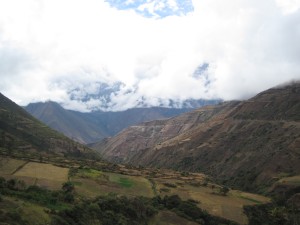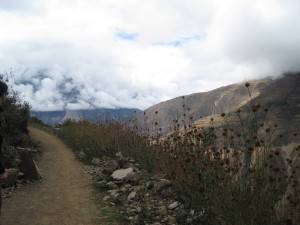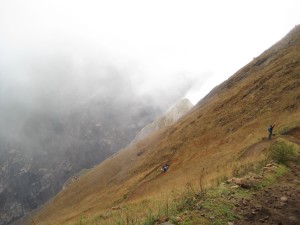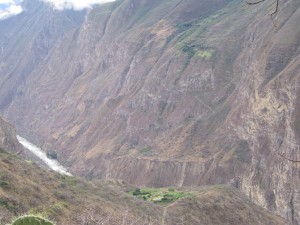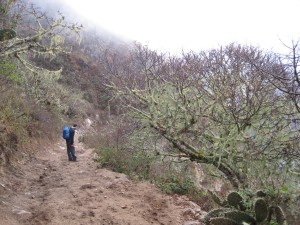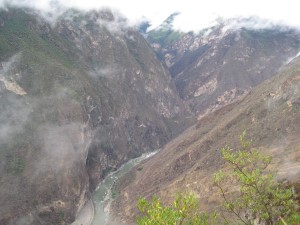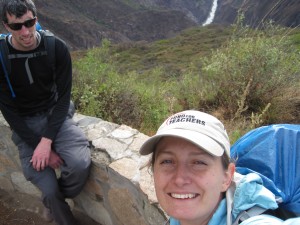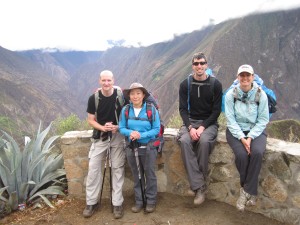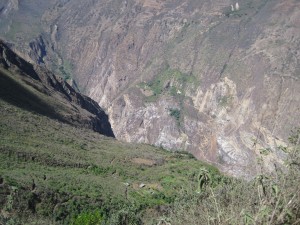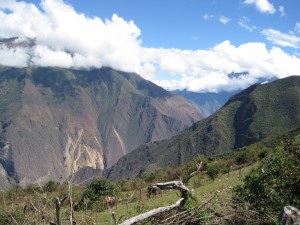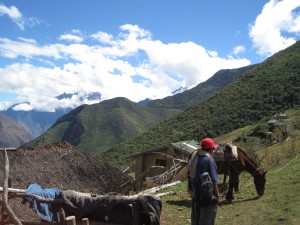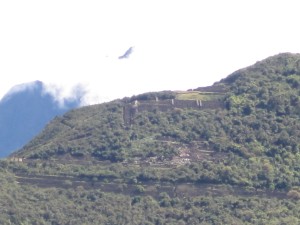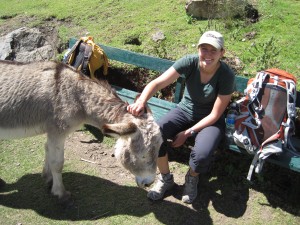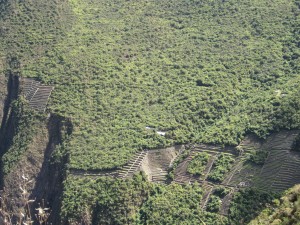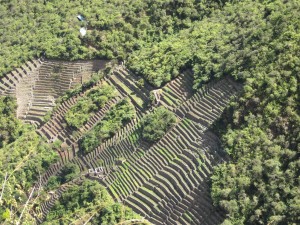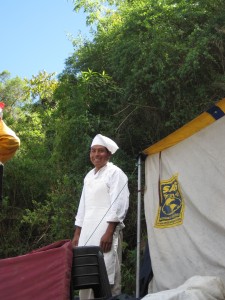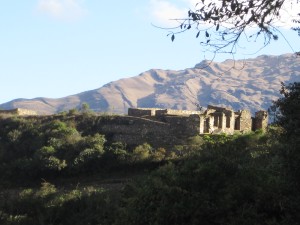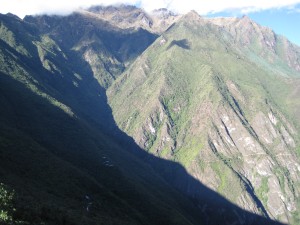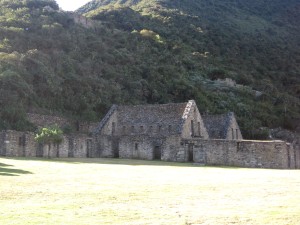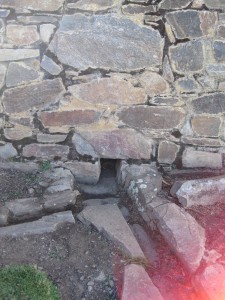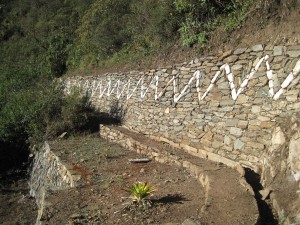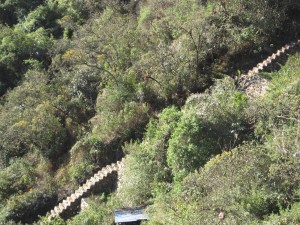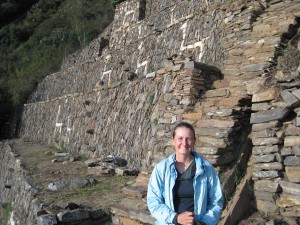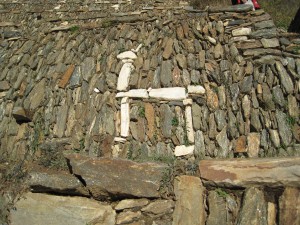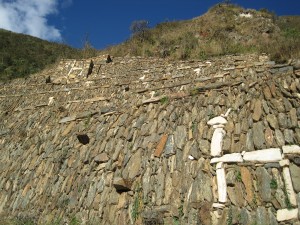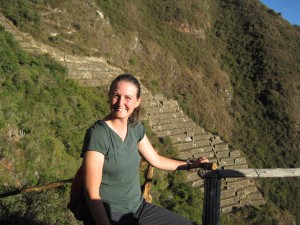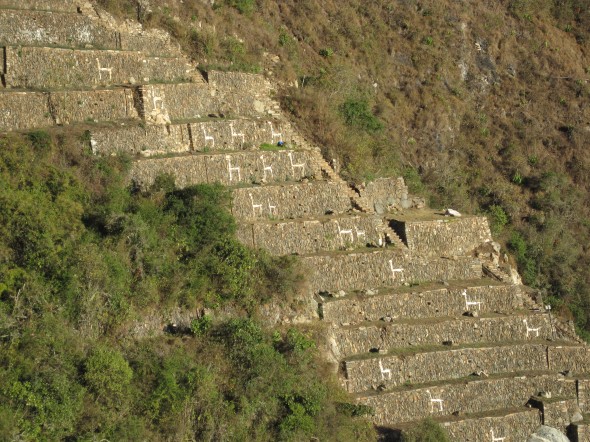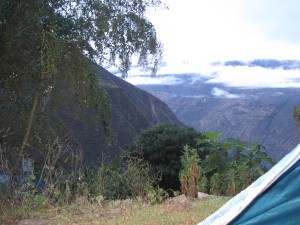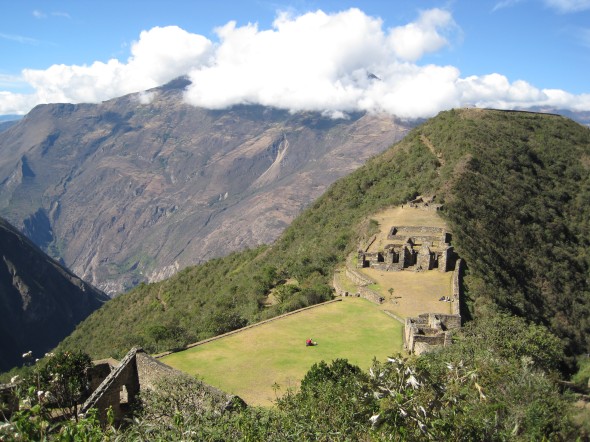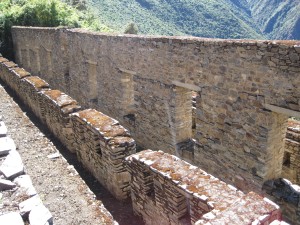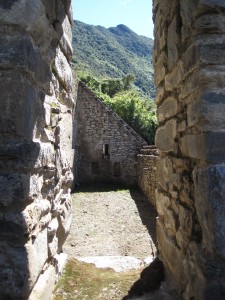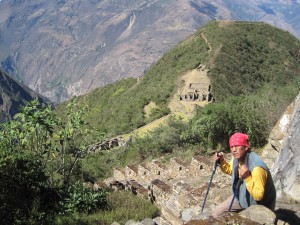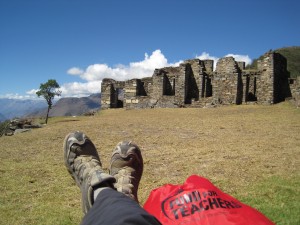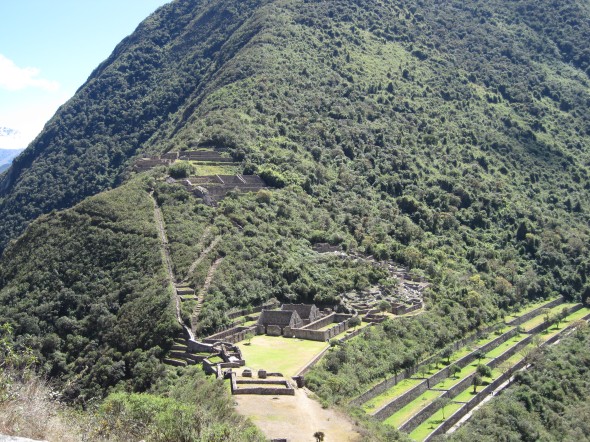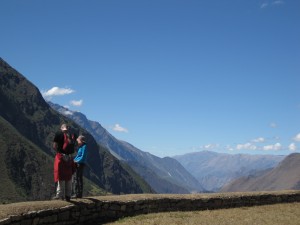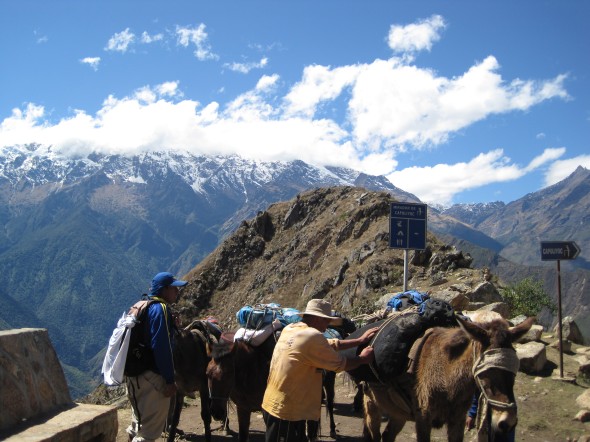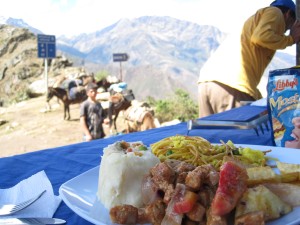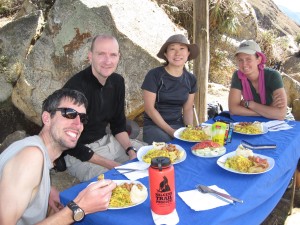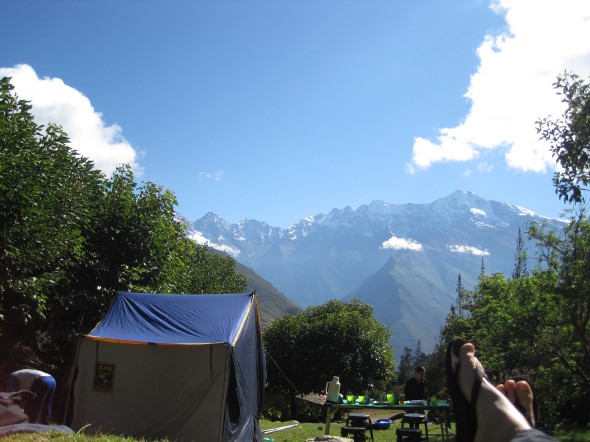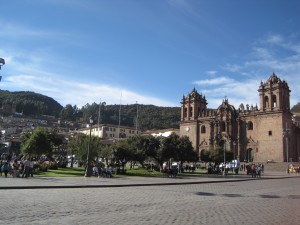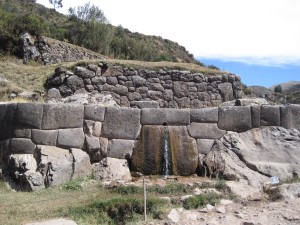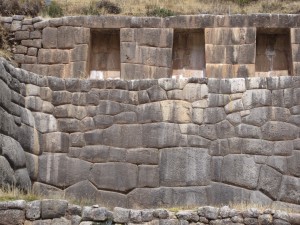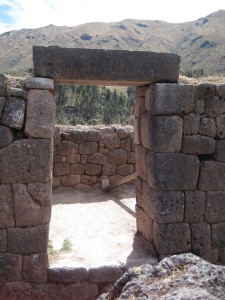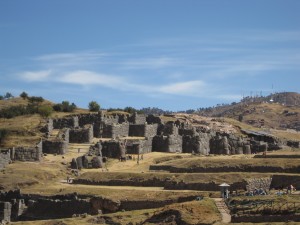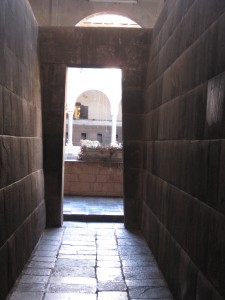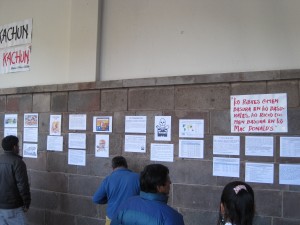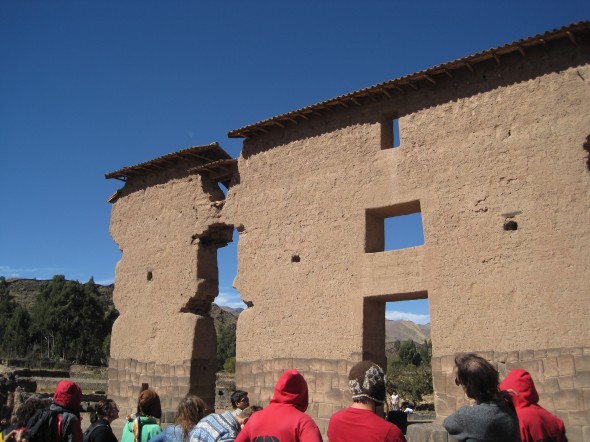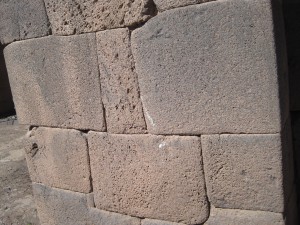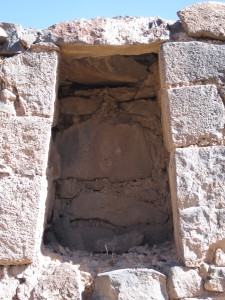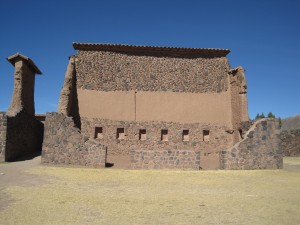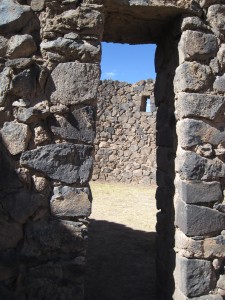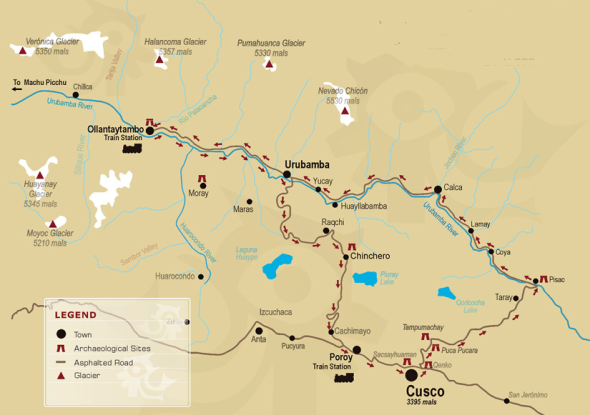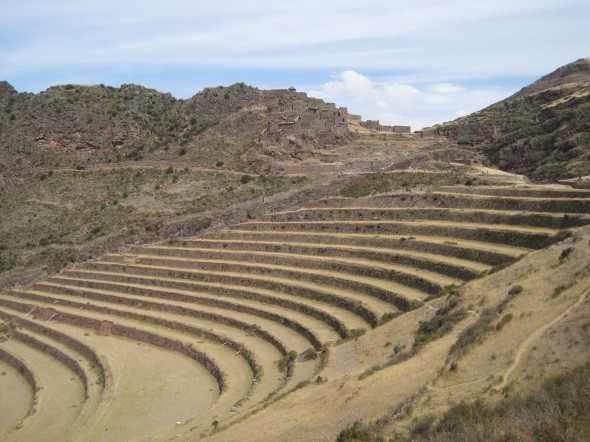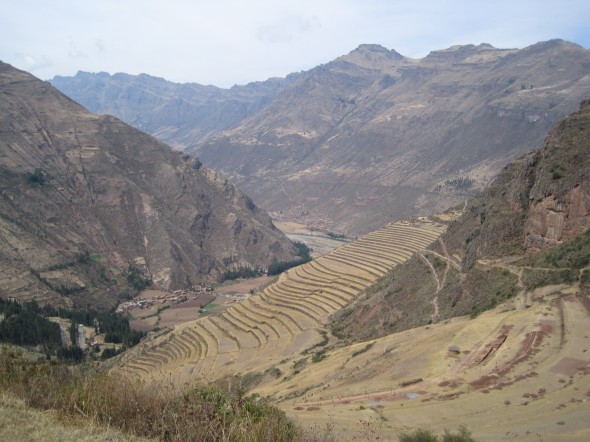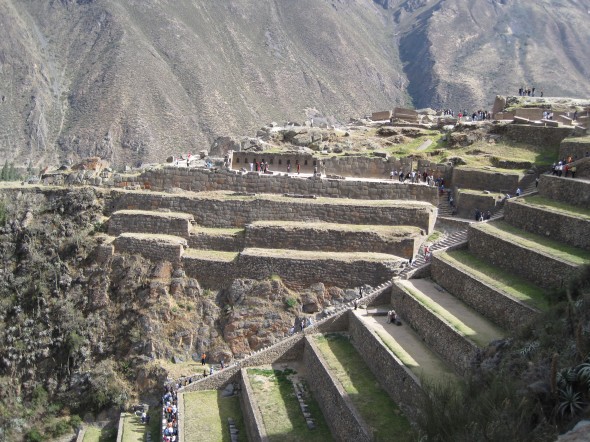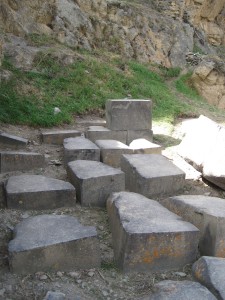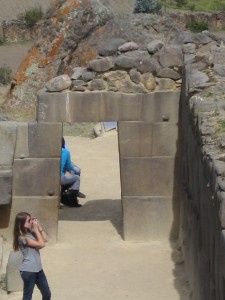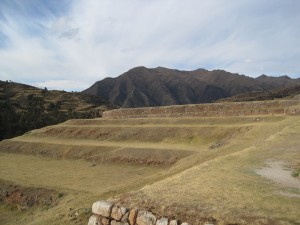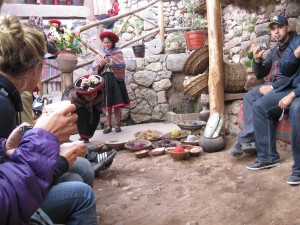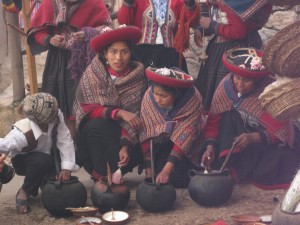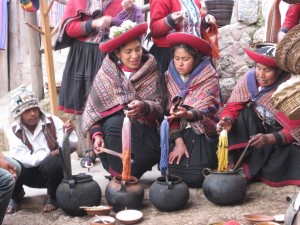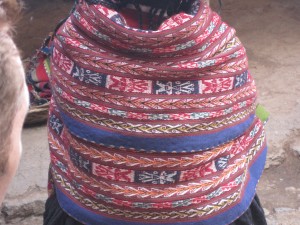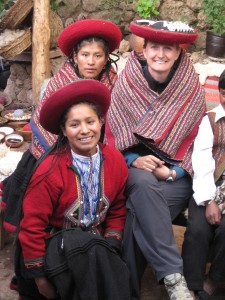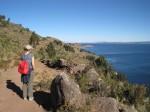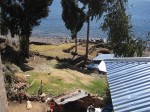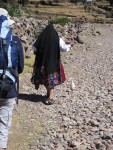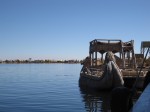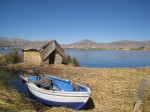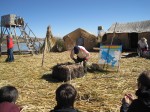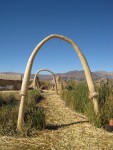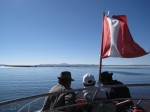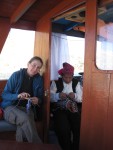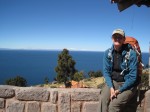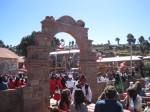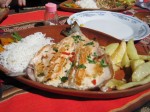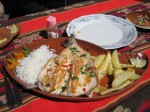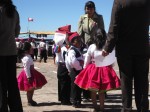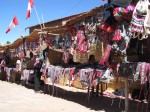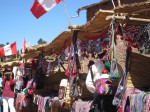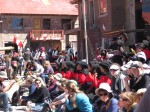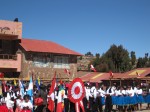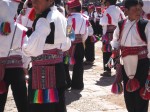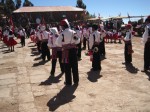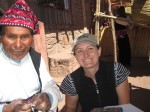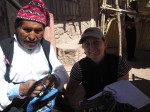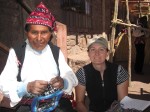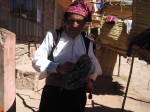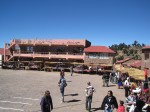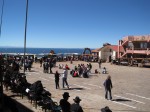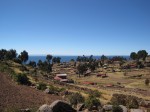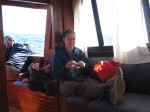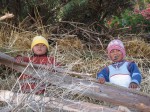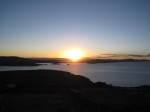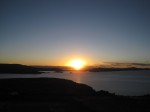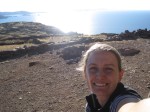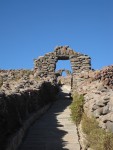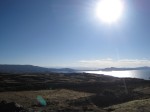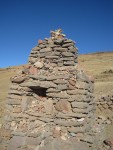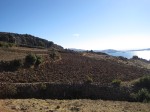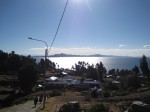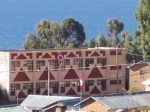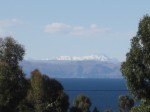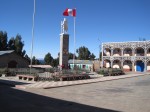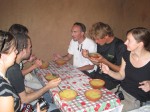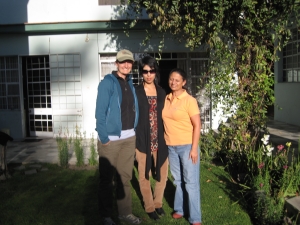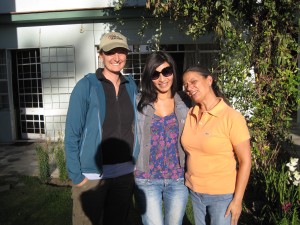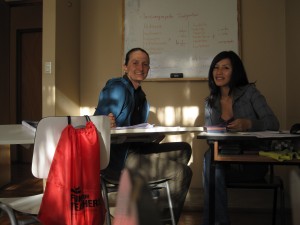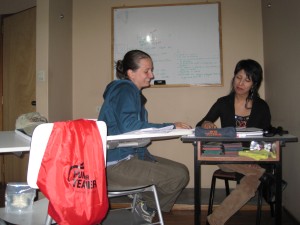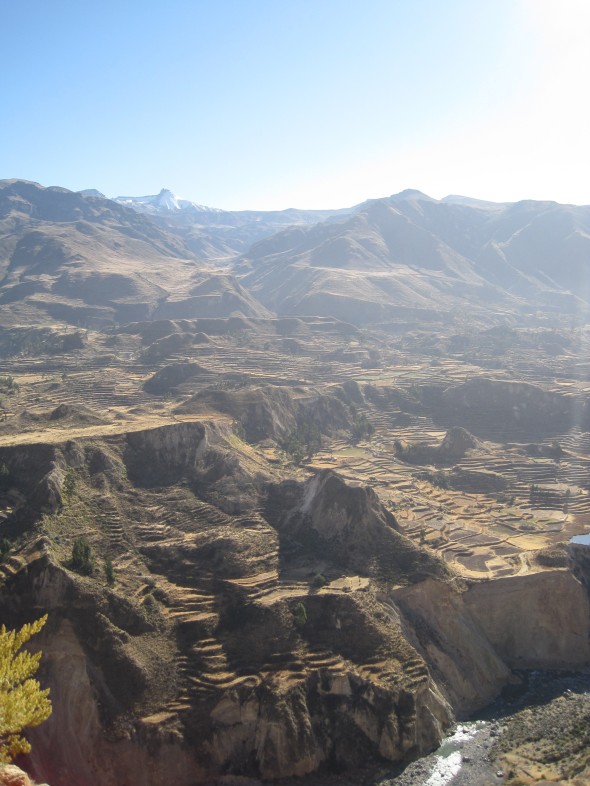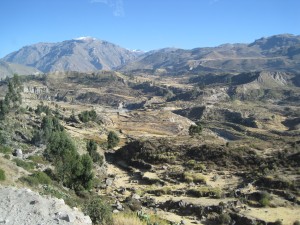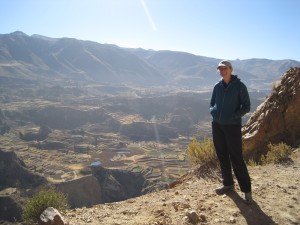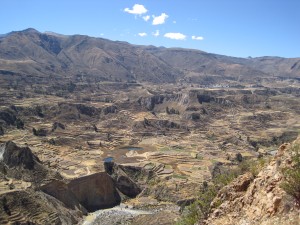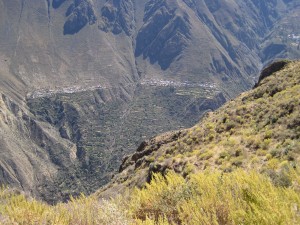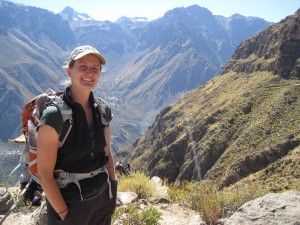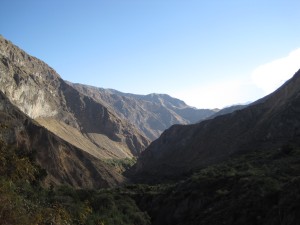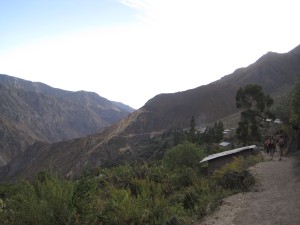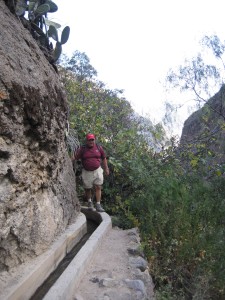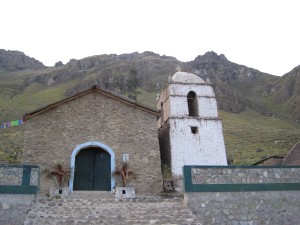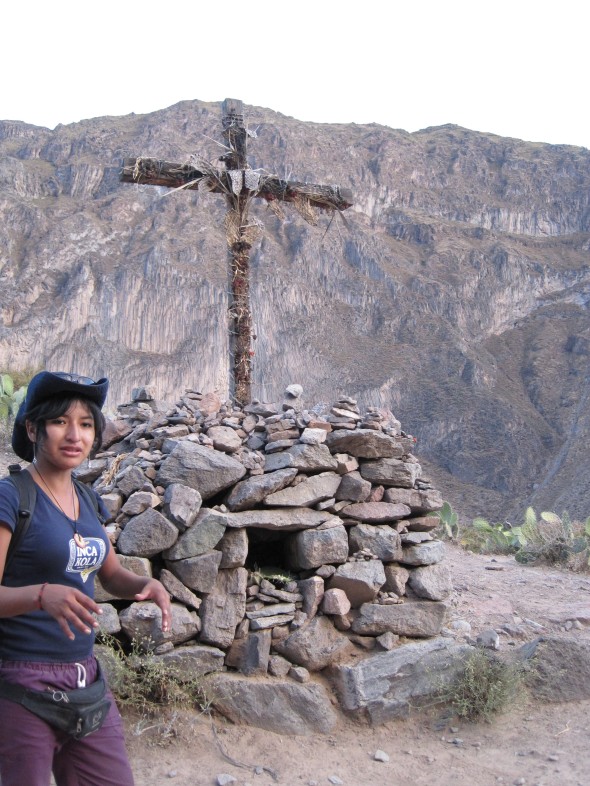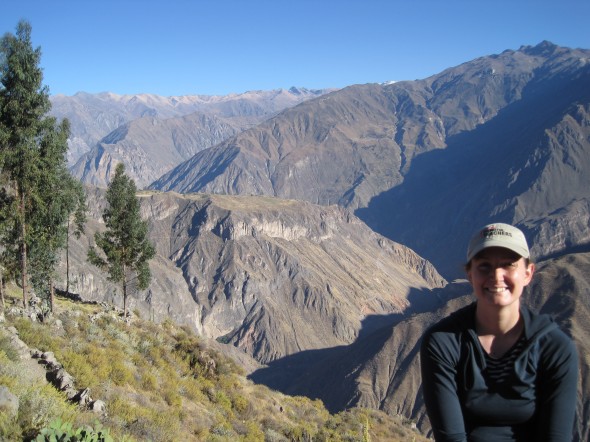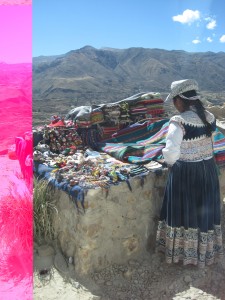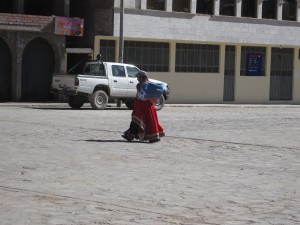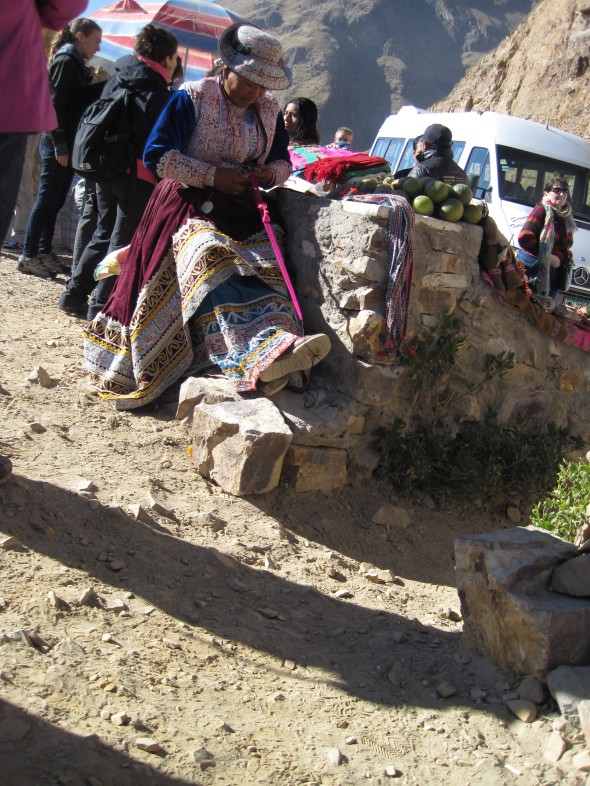My last post did not do justice to the experiences I had, so now that I am in Cuzco, with faster internet speeds, I can take the time properly present my last post.
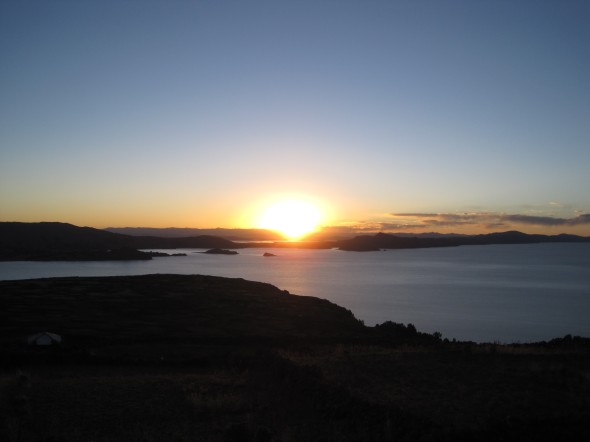
Puno is the second most touristed city in Peru, after Cuzco. The interesting thing is that most people (including myself) do not actually spend that much time in the city of Puno itself, but rather, use it as a launching pad to visit the islands on Lake Titicaca, the highest navigable lake in the world (3840 meters). The entire Puno/Lake Titicaca area is FREEZING right now as well. I finally had a reason to take out my down jacket!
So after spending a chilly night in Puno, I got on a local boat to head out to the islands. They have organized tours available to all of the islands, especially the floating islands of Uros (which are made out of reeds and really are floating), but I had heard negative things about these tours and opted to figure it out on my own and force myself to use my newly revised Spanish. I am so glad that I did as I got to see so much more than I would have if I had had to stick next to a tour guide and stay on their timetable and explore what THEY thought was interesting, instead of what I thought was interesting. It was an awesome experience!
THE FLOATING ISLANDS OF UROS:
]The first stop that the boat made was to the floating islands of Uros. Interesting enough, the 40 minute stop was more than enough time to learn about them and move on.

The floating islands of Uros have been in existence for over 900 years. The inhabitants have to constantly add more reeds to the top layer in order to replenish the rotting reeds below.
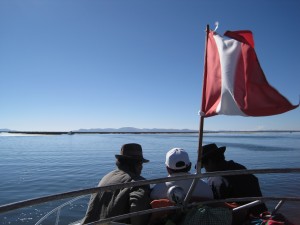
Start of boat ride across Lake Titicaca to the floating islands of Uros, and the "knitting islands" of Amantani and Taquille.
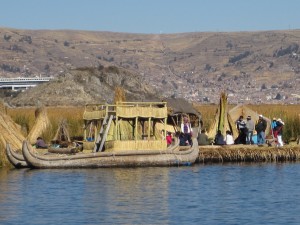
A first glimpse of the floating islands of Uros
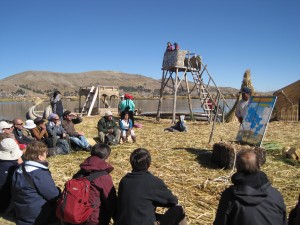
Waiting for an informative session about the history and construction of the floating islands.
HOMESTAY ON THE ISLAND OF AMANTANI
After the floating islands, we hopped back on the same boat to head to the island of Amantani for the night. The island has a system of tourism in which the 4,000 inhabitants (made of up 95 different communities) share homestays of foreigners according to a system that ensures no family has a guest more than once a month. The islanders live on subsistence farming, namely 40 different varieties of potatoes.
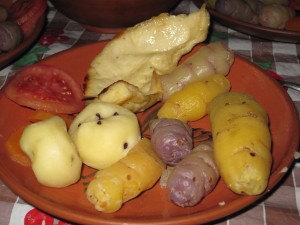
The homestays are the only time the people of Amantani actually earn money, with everything else on the island obtained through trade.
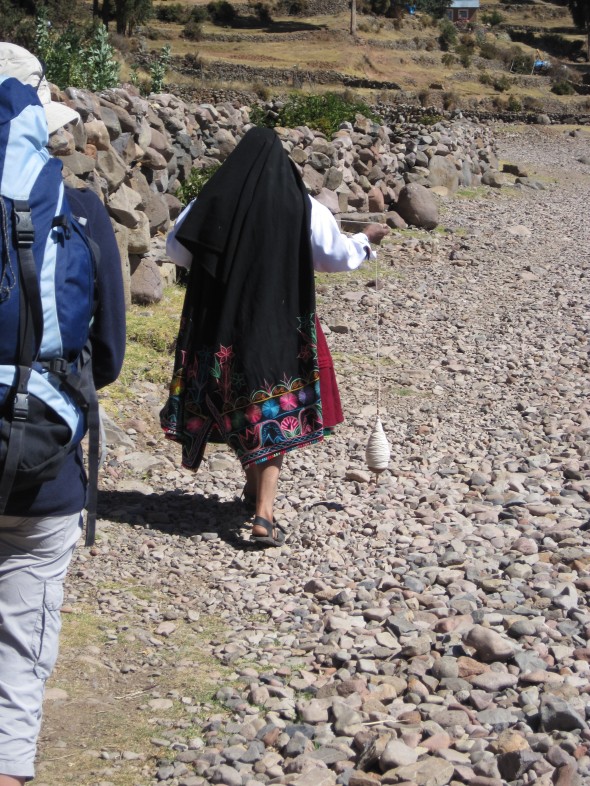
The Señora of our homestay on the island of Amantani came to meet us... you can she her spinning wool as we walk along the beach back to her home.
The women on the island of Amantani knit beautiful hats, while it is the men who sew and embroider the clothes the women wear.
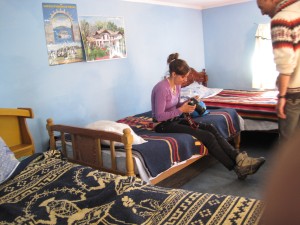
Room at homestay on Amantani. The luxury of solar panels meant light at night!
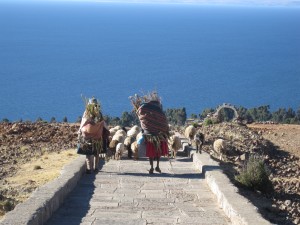
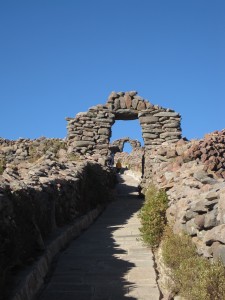
Incan ruins: Entrance to the top of PachaMama, the highest point on the island of Amantani.
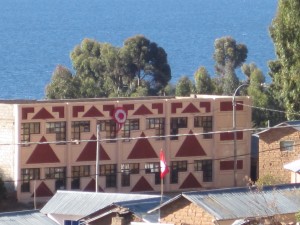
Random building on the island of Amantani... geometry is everywhere!
Before dinner with the 6 french speaking travelers I became friends with, we climbed to the top of the island to see the sunset.
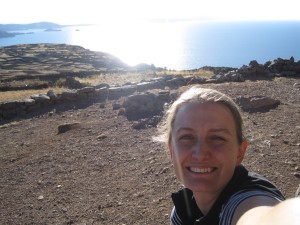
Stealing a few moments by myself before the sunset.

Sunset over Lake Titicaca. Island of Amantani
INDEPENDENCE DAY ON THE ISLAND OF TAQUILLE
The next morning, we got up and onto another boat to head to the island of Taquille.

Inspired by all of the knitting and weaving around me, I find some time to knit on the boat ride from Amantani to Taquille.
Taquille is interesting. On this island, the men are known more for their knitting than the women. The men wear red or red/white hats that they knit themselves in order to indicate their “married” or “single” status.
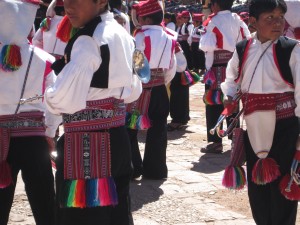
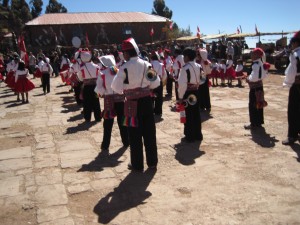
Traditional dress on the island of Taquille. They swear they dress this way everyday, not just on Independence Day.
The women weave intricate belts that they give their husbands. The women also spin wool. The island centers around the plaza de armas, where they sell amazing textiles.
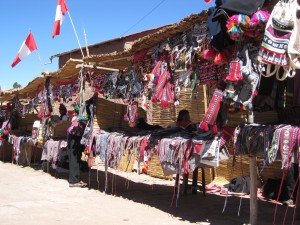
CULTURE OF KNITTING AND WEAVING ON THE ISLANDS OF LAKE TITICACA
The belts in particular have very interesting design, many of which are geometric.
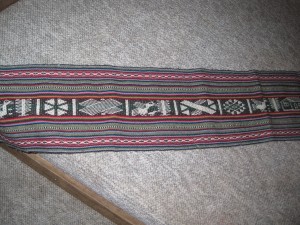
Amantani belt
I spent quite a bit of time sitting with the man who sold me the belt afterwards. He seemed genuinely excited that someone wanted to know what they symbols actually meant to the culture and people of Taquille. It was definitely a highlight of the journey so far!
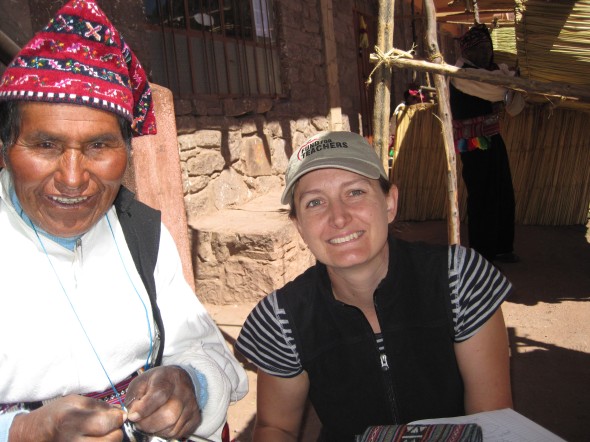


One symbol the appears over and over again is the "6 suyos". According the man I bought the belt from, these are 6 crops, or elements of sustenance on the island, such as quinoa, corn, fish, etc. According to the internet, it is the 6 communities on the island. I guess I will have to do more research!
We spent the rest of the day exploring the island and hiking. It was so beautiful!
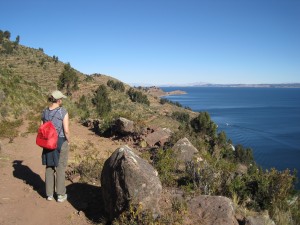

Went for a nice little hike around the island of Taquille and came across many arches. The red flowers above are used to dye the wool they knit with on the island.
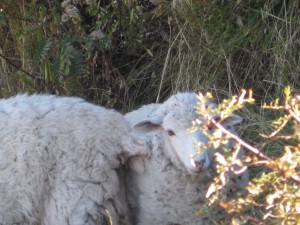
Sheep on Taquille= wool= knitting. 🙂
EXCHANGE OF IDEAS AND TECHNIQUES
The next day, we took a boat back to Puno. Doing as I always do when travelling, I took out my knitting. This caused quite a bit of excitement! The technique the men of Taquille use is completely different thanwhat I use. It was lots of fun, showing each other not only how we knit (Me: holding the wool in my right hand. Them: twisting the wool around their neck and knitting from the opposite side of the fabric), but also what we knit. I was working on a pair of socks, which was really interesting to them. The designs and color work in their hats is so intricate, I can hardly hope to learn how to do it!
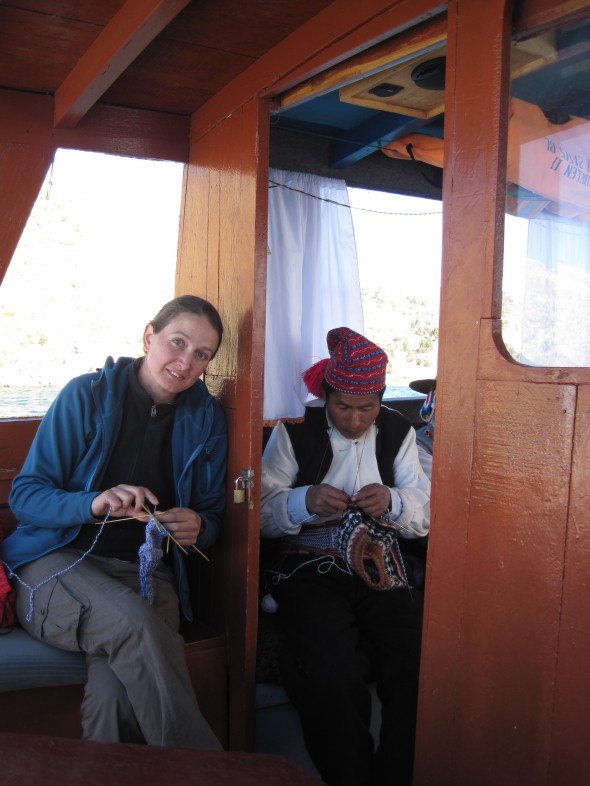
I ended up knitting with this man from the Island of Taquille most of the boat ride back to Puno. So interesting to compare techniques and patterns!
Overall, the three days I spent on the islands were absolutely amazing and I learned to much! Truly, the perfect place for me to go!
More from Cuzco later!
Ms. Bruck

